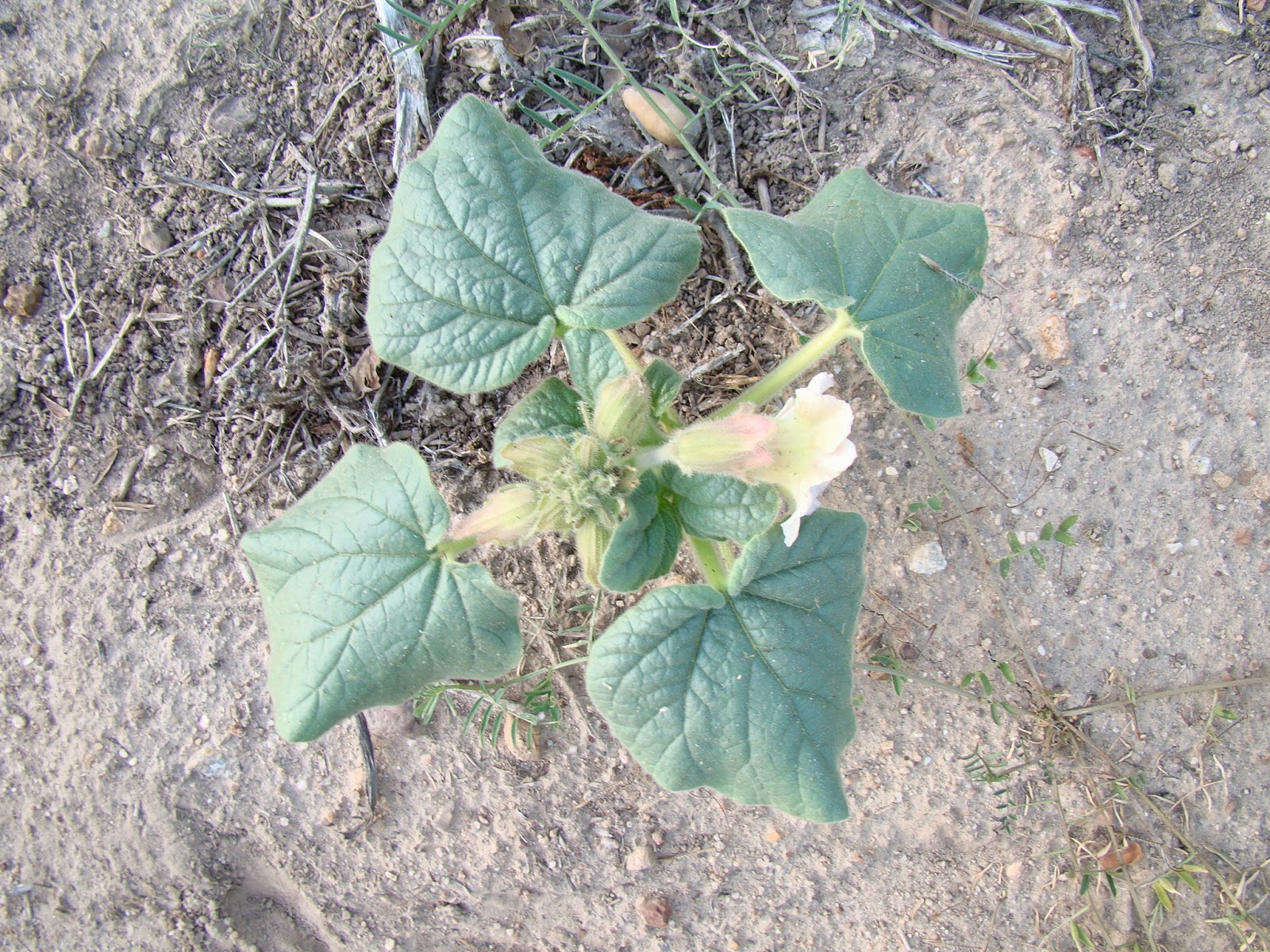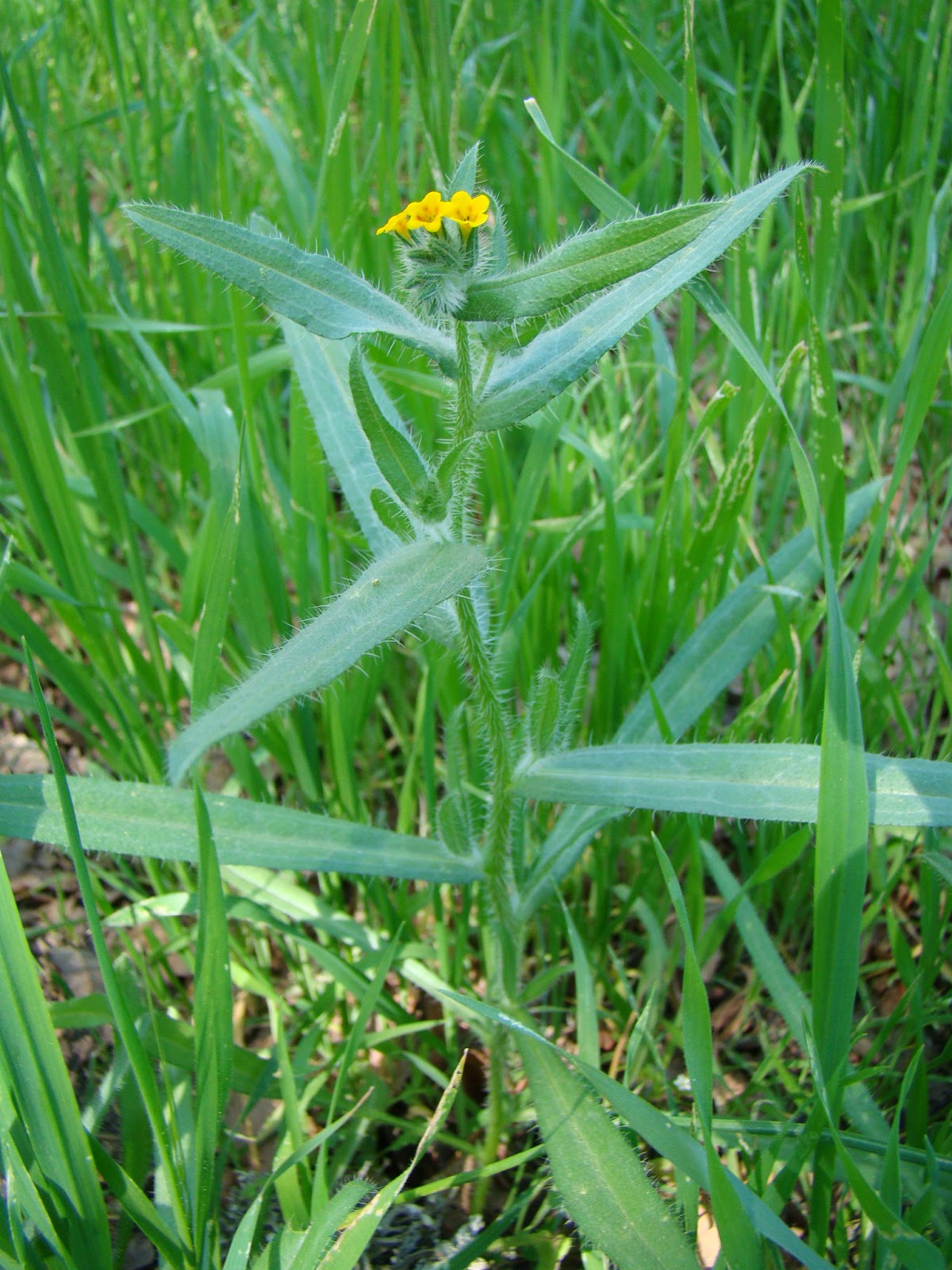Recently we made a trip to Lake Nacimiento. Right now it is a dry season there which means the grass is all yellow and not many plants are growing right now. However we managed to find a few and I am going to post about them in this blog.
The dry trail
Lake Nacimiento view
One of the plants that I have not seen before was clarkia, particularly elegant clarkia. I saw another variety winecup clarkia in the Southern California. Clarkia (different varieties) is a hardy plant and does not seem to mind desert conditions. The flowers are usually purple.
Elegant clarkia (Clarkia unguiculata) have distinctly separated petals. It is one of the rare plants that are fairy common in oak forest.
Elegant Clarkia at Lake Nacimiento
Elegant Clarkia flowers
Here is a winecup clarkia (Clarkia purpurea) for comparison.
Clarkia purpurea at Lake Nacimiento
Notice that all clarkias have 4 petals.That is usually the sign of the Evening primrose family (Onagraceae) and indeed clarkia is a member.

























